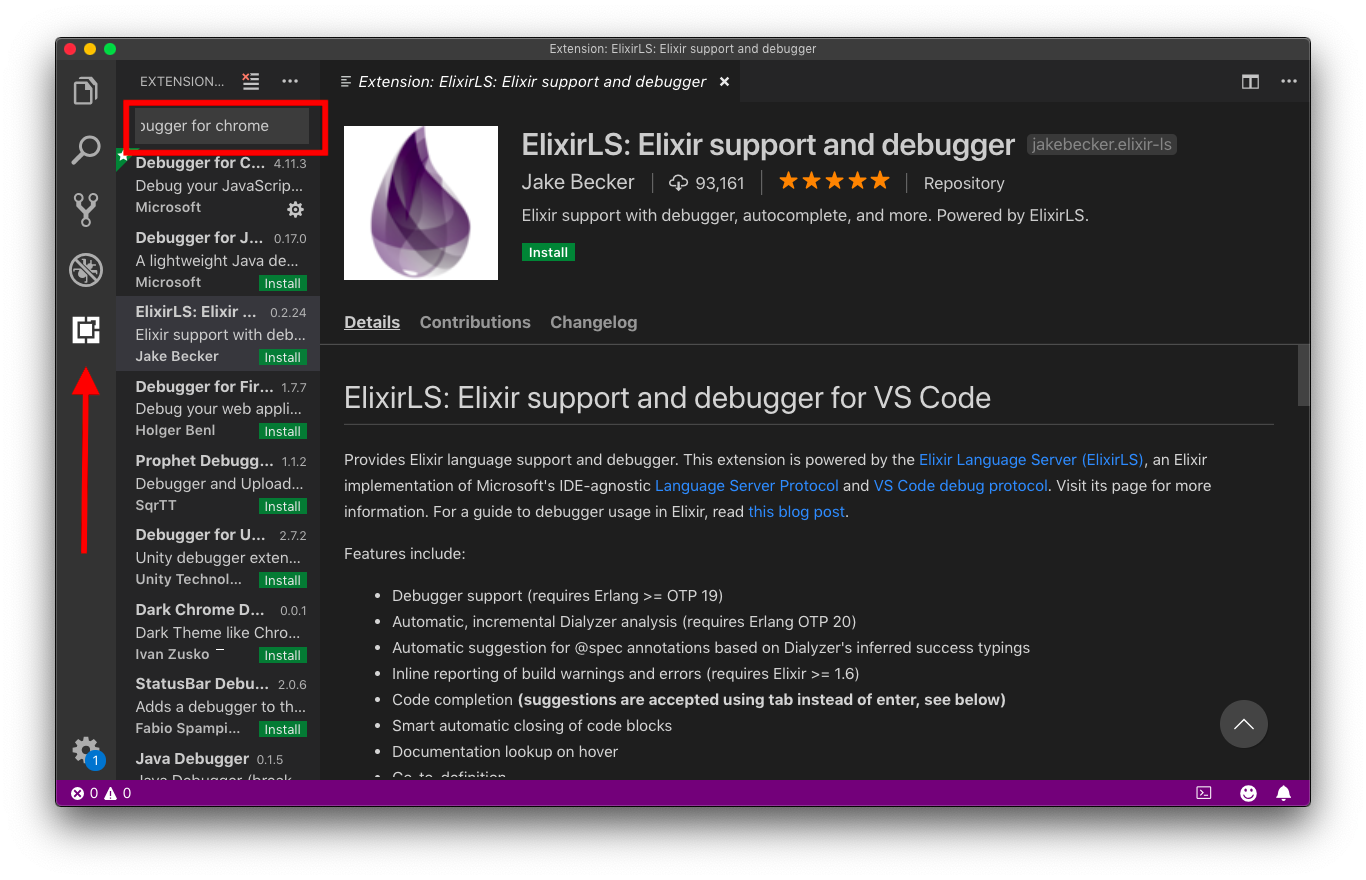
The latest stable version is 3.7.4 when this article is written. To run Python code on Windows, we need to install Python.

Setup Python Development Environment on Windows Remote Development extension also installs Remote – Containers, Remote – SSH, Remote – SSH: Editing Configuration Files, Remote – SSH: Explore, and Remote – WSL.Īfter the installation, VS Code should look like:
On the search bar, type Remote Development and install it. On the search bar, type Python and install it. Click the extension icon or type Ctrl+Shift+X to open the extension windows. VS Code has thousands of thousand extensions the Python and Remote Development extensions are the minima for Python development on Windows and remote platforms. Double click the downloaded binary, VSCodeUserSetup-圆4-1.37.1.exe, to install. When the tutorial is written, the latest version is 1.37. Since Windows 10 is the host VS Code runs in this tutorial, we need to install VS Code on the Windows host. More details for linting can be found here. venv for creating a virtual environmentĪll of the linters are supported by Python extension of VS Code. Ubuntu 18.04 (for WSL and remote Linux)Ī typical Python development includes the virtual environment, linting, test, and debug. 
Visual Studio Code 1.37 with extensions.

Assert compute.inc(value=5) = 6 def test_dec():Īssert c(value=5) = 4 Windows-Centralized SetupĪlthough VS Code can run on different platforms, e.g., Linux and MacOS, this tutorial uses Windows 10 as the main place to run VS Code.







 0 kommentar(er)
0 kommentar(er)
